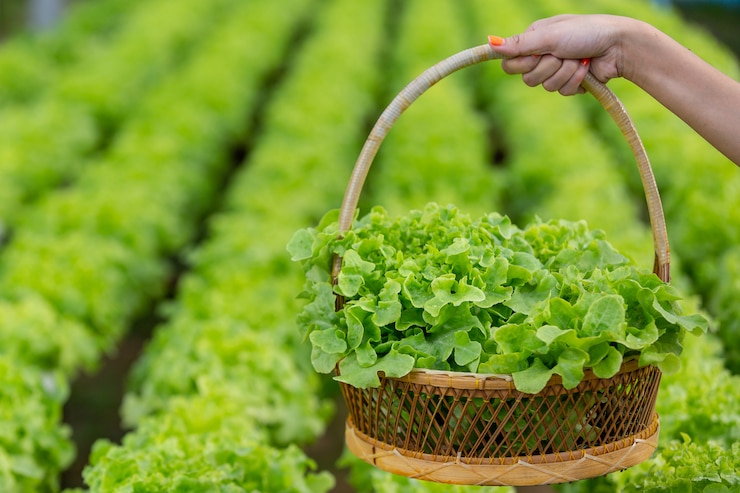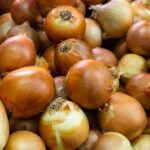Lettuce is a popular leafy vegetable known for its crisp texture and versatility in salads, sandwiches, and wraps. If you’re considering growing lettuce in South Africa, whether for personal consumption or commercial purposes, here are ten important things you should know:
- Climate and Region: Lettuce thrives in cool to mild climates, making it suitable for various regions in South Africa. The Western Cape, Eastern Cape, Gauteng, and KwaZulu-Natal are regions where lettuce cultivation is successful. Choose a region with the right climate and temperature ranges for optimal lettuce growth.
- Variety Selection: There are different lettuce varieties available, each with its unique characteristics in terms of leaf color, texture, and growth habit. Popular lettuce varieties grown in South Africa include Butterhead, Cos, and Looseleaf. Consider factors such as taste preference, growing season, and market demand when selecting lettuce varieties.
- Soil Requirements: Lettuce prefers well-drained soil with good fertility. Conduct a soil test to assess the pH level and nutrient content of your soil. Lettuce generally prefers a slightly acidic to neutral pH range of 6.0 to 7.0. Amend the soil with organic matter and appropriate fertilizers based on soil test results to ensure optimal nutrient availability.
- Land Preparation: Clear the land of weeds, rocks, and debris before planting lettuce. Prepare the soil by tilling and incorporating organic matter to improve its structure and drainage. Ensure proper soil preparation to create a loose, friable bed for lettuce roots to establish.
- Planting and Spacing: Lettuce can be grown from seeds or transplants. Sow the seeds or transplant the seedlings at the appropriate depth, depending on the variety and soil conditions. Provide adequate spacing between plants, typically ranging from 20 to 30 centimeters, to allow room for leaf development and air circulation.
- Irrigation: Lettuce requires consistent soil moisture for healthy growth and to prevent bitterness and bolting (premature flowering). Implement an irrigation system to provide regular and sufficient water supply. Monitor soil moisture levels and adjust irrigation accordingly, ensuring that the soil remains evenly moist but not waterlogged.
- Fertilization: Lettuce has specific nutrient requirements for optimal leaf production. Conduct a soil analysis and consult with agricultural experts to determine the appropriate fertilization regimen. Apply balanced fertilizers with nitrogen, phosphorus, and potassium, along with micronutrients, based on the lettuce’s nutrient needs and the specific soil conditions.
- Pest and Disease Management: Lettuce can be susceptible to pests such as aphids, slugs, and diseases like powdery mildew and downy mildew. Implement integrated pest and disease management strategies, including regular monitoring, cultural practices, and the use of appropriate pesticides or biological controls when necessary. Practice crop rotation and maintain good field hygiene to minimize disease pressure.
- Harvesting: Lettuce can be harvested when the leaves reach the desired size and maturity. Harvest leaf lettuce by cutting individual leaves or the entire plant, depending on your needs. Head lettuce can be harvested by cutting the entire head at the base. Harvest lettuce in the early morning when the leaves are crisp and full of moisture.
- Succession Planting: To ensure a continuous supply of lettuce, practice succession planting by sowing or transplanting new batches of lettuce at regular intervals. This will help you maintain a steady harvest throughout the growing season.
By considering these ten crucial factors before growing lettuce in South Africa, you’ll be better prepared to cultivate a successful crop. Stay updated on local research, industry best practices, and consult with local agricultural experts for tailored advice. With proper care and attention, you can enjoy a bountiful harvest of fresh and delicious lettuce leaves.
Image by jcomp on Freepik







